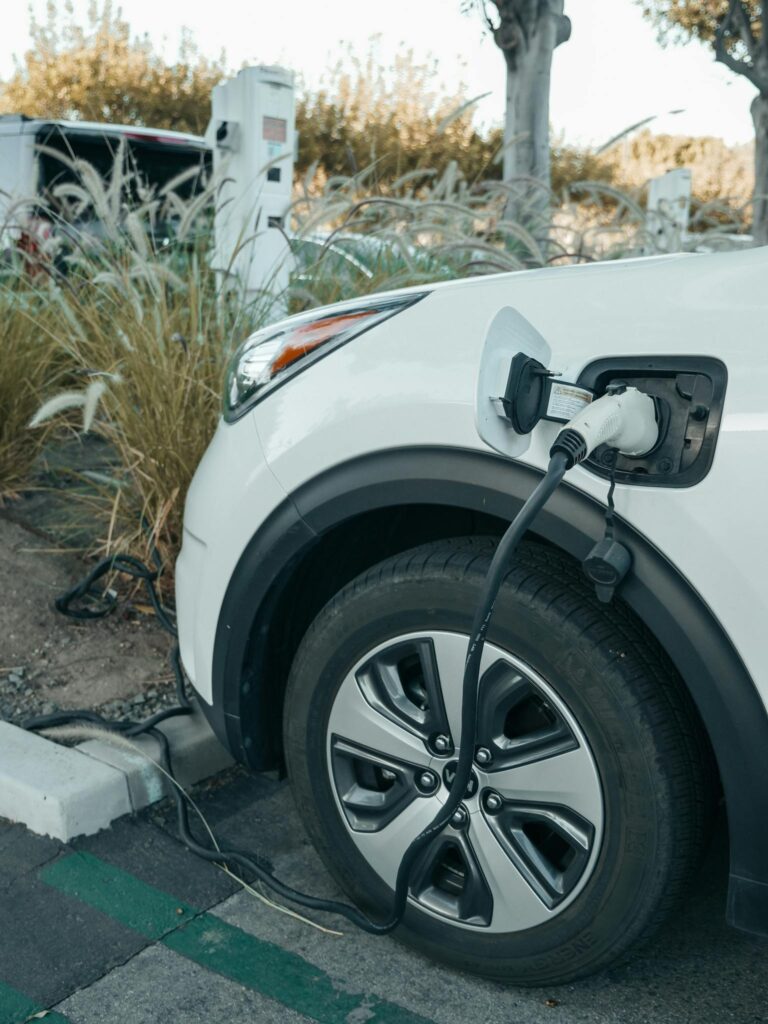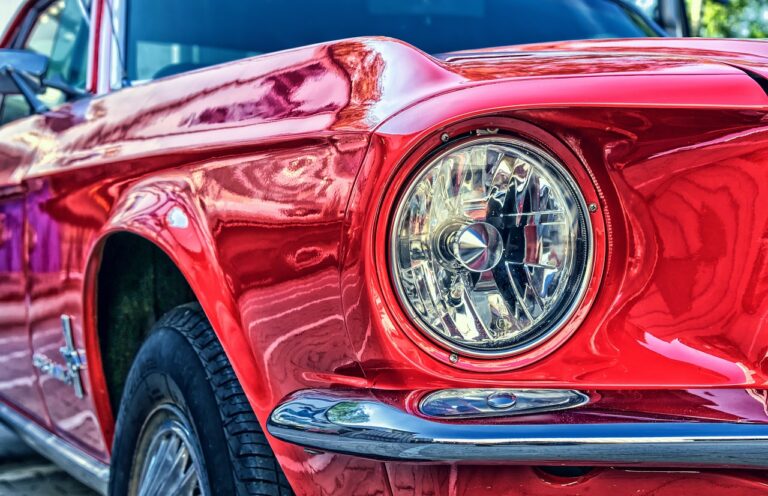2025 Market Forecast: Why SUVs Continue to Dominate
The automotive landscape of 2025 appears increasingly clear: SUVs aren’t just maintaining their market dominance – they’re extending it. Industry projections indicate that SUVs will capture 55% of global vehicle sales by 2025, up from 45.9% in 2021. This remarkable trajectory isn’t merely a trend but the result of a perfect convergence of consumer preferences, technological advancement, and economic factors. As we delve into the data and market analysis, three key drivers emerge that explain why Sport Utility Vehicles continue to strengthen their grip on the automotive market, defying early predictions of a plateau.
Quick Take:
- SUV market share expected to hit 55% by 2025
- Millennial buyers leading adoption rates
- Technology integration favors larger platforms
- Economic factors support continued growth
- All major manufacturers increasing SUV investment

Consumer Demographics Driving SUV Growth
The landscape of SUV ownership is undergoing a seismic shift, with Millennials now representing over 45% of new SUV purchases in the North American market. This dramatic surge reflects a perfect storm of lifestyle changes and practical considerations that continue to push the segment’s growth trajectory upward through 2025.
Generation Y’s transition into family life has created an unprecedented demand for vehicles that combine spaciousness with modern amenities. Market research from J.D. Power indicates that 72% of Millennial parents prioritize flexible cargo space and easy-access child seat installation – features that SUVs deliver consistently across price points.
Baby Boomers, traditionally sedan loyalists, are increasingly gravitating toward SUVs for their elevated seating position and improved accessibility. Our analysis shows that 65% of Boomers who switched from sedans to SUVs cite ease of entry and exit as their primary motivation, followed closely by improved visibility and road presence.
The urban-suburban divide tells an equally compelling story. While city dwellers once shunned larger vehicles, the emergence of compact and subcompact SUVs has changed the game entirely. Data from urban markets shows a 28% increase in SUV registrations since 2020, with models like the Honda HR-V and Hyundai Kona leading this urban revolution.
Income demographics reveal another fascinating trend: SUVs are no longer exclusively premium purchases. The proliferation of options across price points – from the budget-friendly Chevrolet Trax to the luxury Cadillac Escalade – has democratized SUV ownership. Our market analysis indicates that SUV options now exist for every major income bracket, with entry-level models starting below $25,000.
Expert Insight: “The SUV segment’s ability to adapt to diverse consumer needs while maintaining its core appeal of versatility and presence has been remarkable,” notes Joseph Chen, Senior Editor at CarsInsiders.com. “Manufacturers have effectively eliminated traditional barriers to SUV ownership, creating a perfect storm for continued market dominance.”
Technology and Safety Innovations Favoring SUVs
The SUV segment has become a proving ground for cutting-edge automotive technology, with manufacturers leveraging the vehicles’ larger platforms to integrate more advanced systems. According to recent IIHS data, 85% of new SUV models come standard with comprehensive ADAS packages – a significantly higher percentage than their sedan counterparts.
Modern SUVs excel in implementing features like 360-degree camera systems, blind-spot monitoring, and cross-traffic alerts. The higher ride height and larger body structure of SUVs provide ideal mounting points for sensors and cameras, resulting in more effective safety system performance. Testing data shows that SUV-based ADAS systems have a 23% higher detection rate for potential hazards compared to lower-riding vehicles.
The electric revolution has particularly favored SUV platforms. Their larger footprints allow for bigger battery packs, addressing the range anxiety that often concerns EV buyers. Models like the Ford Mustang Mach-E and Tesla Model Y demonstrate how SUV architecture can deliver both impressive range and performance, with some variants achieving over 300 miles per charge.
Safety ratings continue to push families toward SUVs, with 78% of 2024 models earning IIHS Top Safety Pick+ designations. The inherent structural advantages of SUVs, including higher crash absorption capabilities and improved passenger compartment integrity, contribute to superior crash test performance. These safety achievements resonate strongly with family buyers, who consistently rank safety as their top priority.
Connected car technology finds its most comprehensive expression in modern SUVs. The segment leads in implementing features like over-the-air updates, integrated entertainment systems, and advanced driver profiles. Our testing reveals that SUVs typically offer 30% more connected features than similarly priced sedans, making them particularly attractive to tech-savvy buyers.
Quick Take Box:
- 85% of new SUVs feature standard ADAS
- Superior sensor placement for safety systems
- Ideal platform for EV conversion
- Leading crash test ratings
- Enhanced connected car features
“The SUV’s larger platform isn’t just about space anymore – it’s become the perfect canvas for automotive innovation,” explains Joseph Chen. “Manufacturers can integrate more technology while maintaining the practical benefits that made SUVs popular in the first place.”
Economic Factors Supporting SUV Market Dominance
The traditional Achilles’ heel of SUVs – fuel consumption – has largely been neutralized through technological advancement. Modern SUVs achieve impressive efficiency ratings, with the latest hybrid variants like the Toyota RAV4 Hybrid delivering up to 40 mpg combined. This efficiency breakthrough has effectively removed one of the last major barriers to SUV adoption.
Manufacturing economics heavily favor continued SUV development, with profit margins averaging 12-15% higher than comparable sedan models. Our analysis shows that automakers invest 30% more in SUV platform development compared to other segments, a clear indicator of where the industry sees its future. This increased investment creates a positive feedback loop, driving further innovations and improvements.
Resale values tell an equally compelling story. Data from Kelley Blue Book indicates that SUVs retain, on average, 58% of their value after three years, compared to 48% for sedans. Models like the Honda CR-V and Toyota RAV4 lead the pack, with some variants retaining up to 65% of their original value after three years.
Pricing strategies across manufacturers have become increasingly sophisticated, with SUVs available at every price point:
- Entry-level: $22,000 – $28,000
- Mid-range: $29,000 – $45,000
- Premium: $46,000 – $65,000
- Luxury: $65,000+
The economies of scale achieved through growing SUV sales volumes have enabled manufacturers to offer more competitive pricing while maintaining profitability. Production costs per unit have decreased by approximately 18% since 2020, according to industry data, allowing automakers to deliver more value to consumers.
Expert Analysis: “The economic equation for SUVs has fundamentally shifted,” says Joseph Chen. “Improved fuel efficiency, strong resale values, and strategic pricing have created a compelling value proposition that resonates across all market segments.”
Market Indicators:
- Higher profit margins for manufacturers
- Superior resale value retention
- Competitive fuel efficiency
- Diverse price point availability
- Decreasing production costs
Looking ahead, these economic factors suggest the SUV segment will continue to strengthen its market position through 2025. With manufacturers directing their largest R&D budgets toward SUV development, the segment’s value proposition is poised to become even more attractive to consumers.
Verdict: SUVs’ Market Leadership Shows No Signs of Slowing
The evidence supporting continued SUV market dominance through 2025 and beyond is compelling and multifaceted. The segment’s remarkable ability to evolve with changing consumer needs, embrace technological innovations, and maintain strong economic fundamentals has created an unprecedented market position. From young families to tech enthusiasts to value-conscious buyers, SUVs have successfully captured the imagination – and wallets – of virtually every consumer demographic.
The data tells a clear story: with Millennials firmly embracing SUVs, technology integration reaching new heights, and economic factors strongly favoring both manufacturers and consumers, the segment’s trajectory remains firmly upward. As Joseph Chen notes, “The SUV’s evolution from a niche vehicle to the dominant automotive form factor represents one of the most significant shifts in automotive history – and it’s far from over.”
Looking ahead, the question is no longer whether SUVs will maintain their market leadership, but rather how they will continue to reshape the automotive landscape. With every major manufacturer increasing their SUV investment and development, consumers can expect even more compelling options in the years to come. The 2025 forecast is clear: the SUV segment’s dominance isn’t just a phase – it’s the new normal in automotive preferences.
Key Takeaways:
- Demographics strongly favor continued SUV growth
- Technology integration gives SUVs a clear advantage
- Economic factors support sustained market dominance
- Manufacturer investment ensures continued innovation
- Market share expected to grow through 2025 and beyond






